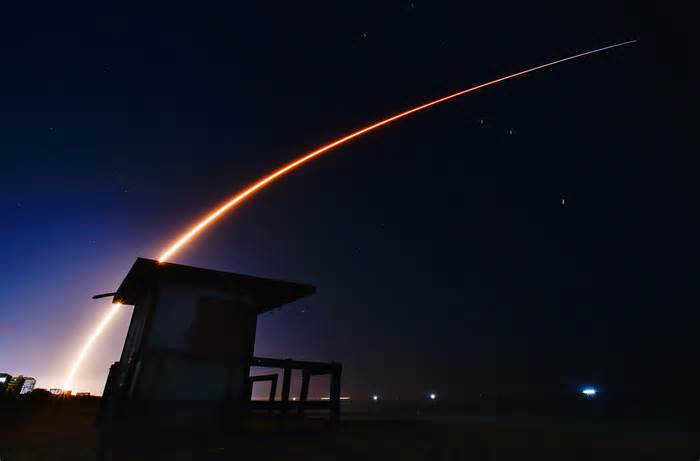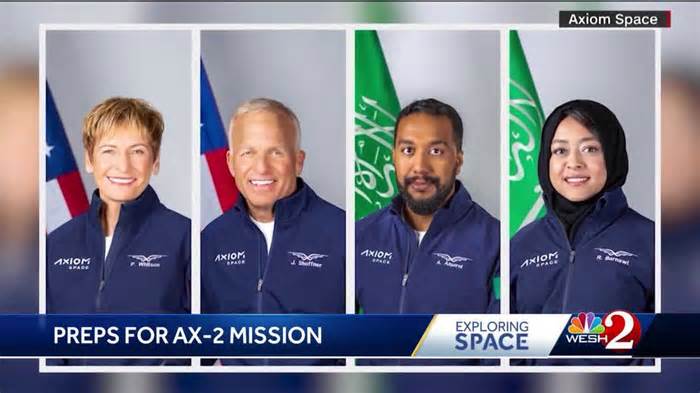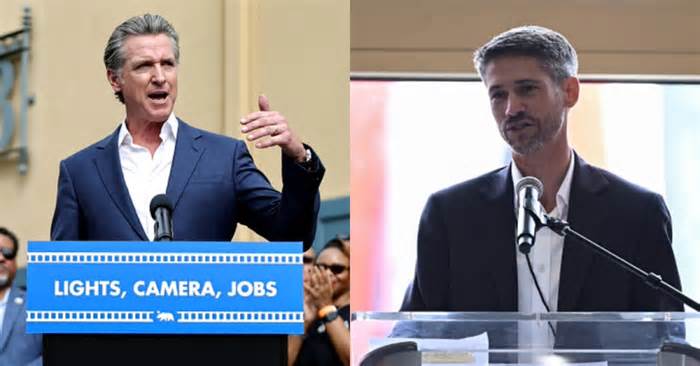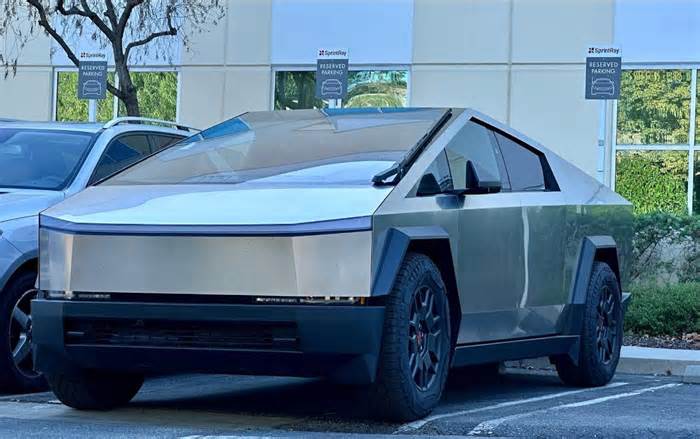
A former Orion manager has surprisingly credible plans to fly European astronauts
- by Ars Technica
- Nov 22, 2024
- 0 Comments
- 0 Likes Flag 0 Of 5
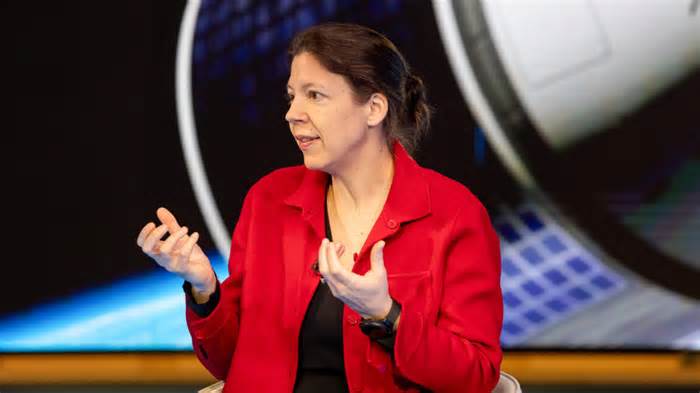
Minimize to nav
It would be easy to be cynical about a German-French startup named The Exploration Company, which aims to build an increasingly sophisticated lineup of spaceships that could one day launch astronauts into orbit.
After all, European space startups don't have the greatest track record, and even with billions of dollars, one of the world's leading aerospace companies, Boeing, has failed so far to deliver a fully space-worthy human vehicle. Space is hard; human spaceflight is harder. So when a European startup shows up with grandiose plans, one's natural inclination might be to dismiss them.
That's more or less how I felt before I spoke with the founder of The Exploration Company, Hélène Huby, this week. She was surprisingly frank about the difficulties in pulling this off and shrewd about her political assessment of why now might just be the time for a new generation of European spacecraft.
"I realize this is a very, very big challenge," she told Ars.
Making the leap from Airbus
An economist by training, Huby joined the European aerospace firm Airbus in 2013, working various jobs, including space strategy, before becoming the company's vice president for the Orion spacecraft's service module. As part of NASA's Artemis Program to return humans to the Moon, Europe is building the service module that provides power and propulsion to the Orion capsule.
The service module is based on a spacecraft previously built by Airbus for the European Space Agency known as the Automated Transfer Vehicle, or ATV. This ATV spacecraft flew cargo to the International Space Station through 2015 before its retirement. Huby said it was cool to participate in NASA's grand exploration program but said Europe's role was also frustrating. Why? Because the service module was essentially based on 20-year-old technology, and it wouldn't be reused. In some sense, working on the service module felt like looking into the past rather than working toward the future.
She found herself wanting to build something more modern. Looking across the Atlantic, she drew inspiration from what SpaceX was doing with its reusable Falcon 9 rocket. She watched humans launch into space aboard Crew Dragon and saw that same vehicle fly again and again. "I have a huge admiration for what SpaceX has done," she said.
Huby also saw opportunity in that company's success. SpaceX is the only provider of crew transportation in the Western world. It's likely that Boeing's Starliner spacecraft will never become a serious competitor. India's human spaceflight program is making some progress, but it's unclear whether the Gaganyaan vehicle will serve non-Indian customers.
The opportunity she saw was to provide an alternative to SpaceX based in Europe. This would yield 100 percent of the market in Europe and offer an option to countries like Saudi Arabia, the United Arab Emirates, Australia, and other nations interested in going to space.
"I know it's super hard, and I know it was crazy," Huby said. "But I wanted to try."
Starting small
She founded The Exploration Company in August 2021 with $50,000 in the bank and a small team of four people. Three years later, the company has 200 employees and recently announced that it had raised $160 million in Series B funding. It marked the first time that two European sovereign funds, French Tech and Germany-based DTCF, invested together. The news even scored a congratulatory post on LinkedIn from French President Emmanuel Macron, who wrote, "The history of space continues to be written in Europeans."
To date, then, Huby has raised nearly $230 million. Her company has already flown a mission, the "Bikini" reentry demonstrator, on the debut flight of the Ariane 6 rocket this last summer. The small capsule was intended to demonstrate the company's reentry technology. Unfortunately, the rocket's upper stage failed on its deorbit burn, so the Bikini capsule remains stuck in space.
Still, the company is already hard at work on a second demonstration vehicle, about 2.5 meters in diameter, that will have more than a dozen customers on board. The spacecraft for this demonstration flight, named Mission Possible, is fully assembled, Huby said, and it will launch on SpaceX's Transporter 14 mission next summer, likely in July. This mission was developed in 2.5 years at a cost of $20 million, plus $10 million for the launch.
After this, Huby said developing the Nyx cargo spacecraft is next on the roadmap. This vehicle, similar in size to SpaceX's Cargo Dragon vehicle, will have the capacity to dock with the International Space Station, or other space stations, and also be recoverable for reuse. The current timeline for Nyx's debut is 2028 (Huby recognizes that, yes, in aerospace, sometimes projects miss their schedule). All of the funding from the Series B raise will go toward Nyx's development.
The Exploration Company expects to receive $200 million from the European Space Agency in 2025, provided that Mission Possible successfully demonstrates propulsion in space and reentry. Huby said this demonstration will show the European space community that her company and its ambitions are for real.
"If we don’t mess up, the excitement will be high enough that we can get the funding," she said.
This additional money will help Nyx reach the launch pad. As for the vehicle's rocket, the spacecraft is compatible with Europe's Ariane 6 and a host of other boosters, including SpaceX's Falcon 9, Rocket Lab's Neutron, Japan's H3, and India's GSLV.
From cargo to crew
Huby said Nyx is being developed with the crew in mind, and her belief is that by demonstrating competency with private cargo delivery, European policymakers will be willing to take the next step to help fund the capability to carry astronauts. Italy and France are most interested in this, she said.
"Nyx will show that 'hey, we are almost there,'" she said. "It will show that we can do it. I believe it would be very inspirational for Europe."
Just like SpaceX needed significant funding from NASA—nearly $3 billion for Crew Dragon—Huby said her company would require a similar amount of funding from European nations. It's not possible to go to the private capital markets right now, get $3 billion, and promise a great return a decade from now. That's not how it works.
So she's taking things one step at a time: a demonstration next year followed by springboard funding to finish Nyx. And after that? Well, the stars may align for The Exploration Company to send humans to the stars.
Please first to comment
Related Post
Stay Connected
Tweets by elonmuskTo get the latest tweets please make sure you are logged in on X on this browser.
Sponsored
Popular Post
Middle-Aged Dentist Bought a Tesla Cybertruck, Now He Gets All the Attention He Wanted
32 ViewsNov 23 ,2024
Tesla: Buy This Dip, Energy Growth And Margin Recovery Are Vastly Underappreciated
28 ViewsJul 29 ,2024






 Energy
Energy




